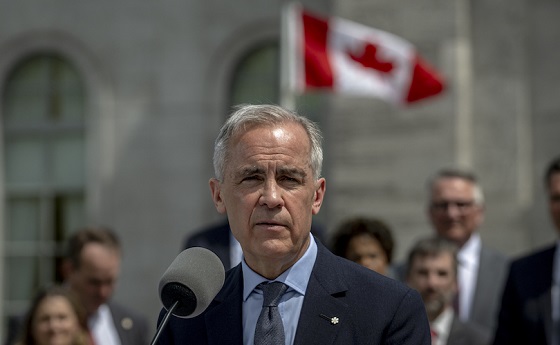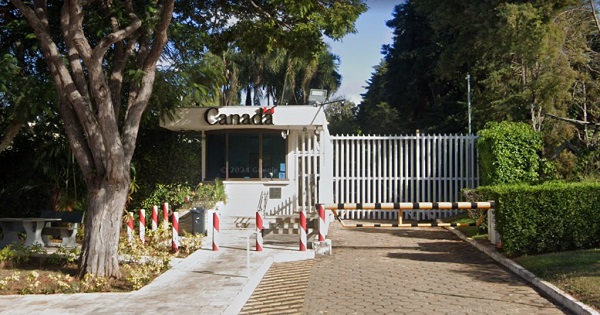Business
Rogue Devices Capable Of Triggering Blackouts Reportedly Found In Chinese Solar Panels
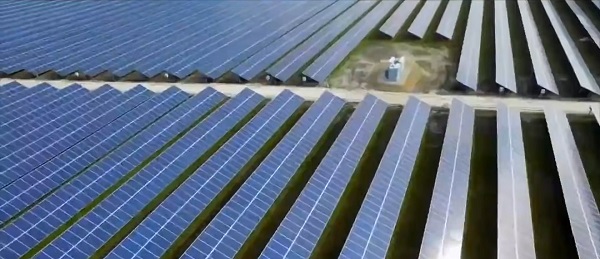

From the Daily Caller News Foundation
By Audrey Streb
“That effectively means there is a built-in way to physically destroy the grid”
Officials are reportedly reassessing the risk posed by Chinese-made devices found in solar panels that are capable of damaging the energy infrastructure, destabilizing the power grid and triggering widespread blackouts.
Over the past nine months, “rogue communication devices” not listed in product documents were found in solar power inverters and batteries from several Chinese suppliers, according to sources familiar with the matter who spoke with Reuters. The undocumented devices were found after U.S. experts disassembled the renewable energy equipment to check for security issues, prompting officials to review the potential dangers of the Chinese-made devices, according to the publication.
“We know that China believes there is value in placing at least some elements of our core infrastructure at risk of destruction or disruption,” Mike Rogers, a former director of the U.S. National Security Agency, told Reuters. “I think that the Chinese are, in part, hoping that the widespread use of inverters limits the options that the West has to deal with the security issue.”
Dear Readers:
As a nonprofit, we are dependent on the generosity of our readers.
Please consider making a small donation of any amount here.
Thank you!
The communication devices were reportedly found in power inverters, which are used to connect solar panels and wind turbines to the power grid and are often produced in China. They are also found in electric vehicle chargers, batteries and heat pumps. Undocumented cellular radios were also found in Chinese-manufactured batteries, according to the publication.
If the rogue communication devices found in the inverters are used to circumnavigate firewalls and change the settings or turn off inverters remotely, this could destabilize power grids, damage energy technology and prompt blackouts, according to experts who spoke with Reuters.
“That effectively means there is a built-in way to physically destroy the grid,” one of the sources told the publication.
For years, energy and security experts have cautioned that reliance on Chinese products for green energy could expose the U.S. to espionage and security risks.
A spokesperson for the Department of Energy (DOE) told Reuters that it continually evaluates risks involving new technology and that “while this functionality may not have malicious intent, it is critical for those procuring to have a full understanding of the capabilities of the products received.”
“We oppose the generalisation [sic] of the concept of national security, distorting and smearing China’s infrastructure achievements,” a spokesperson for the Chinese embassy in Washington told Reuters.
Republican officials sent a letter advising an American energy company to stop using Chinese-manufactured batteries due to the security risks in December 2023, according to a February 2024 statement.
“We approached Duke Energy regarding its use of Chinese-manufactured CATL batteries and network-equipped systems, which posed an unacceptable surveillance risk at Camp Lejeune, North Carolina — the largest Marine Base in the United States. Directly following our inquiry, Duke disconnected the Chinese-manufactured systems from the grid,” former Republican Wisconsin Rep. Mike Gallagher and Secretary of State Marco Rubio, a U.S. senator for the state of Florida at the time, wrote in the press release. “Others that continue to work with CATL, and other companies under the control of the CCP, should take note,” they continued.
Automotive
Elon Musk Poised To Become World’s First Trillionaire After Shareholder Vote
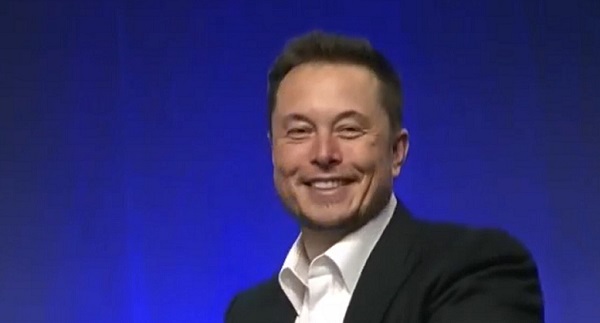

From the Daily Caller News Foundation
At Tesla’s Austin headquarters, investors backed Musk’s 12-step plan that ties his potential trillion-dollar payout to a series of aggressive financial and operational milestones, including raising the company’s valuation from roughly $1.4 trillion to $8.5 trillion and selling one million humanoid robots within a decade. Musk hailed the outcome as a turning point for Tesla’s future.
“What we’re about to embark upon is not merely a new chapter of the future of Tesla but a whole new book,” Musk said, as The New York Times reported.
Dear Readers:
As a nonprofit, we are dependent on the generosity of our readers.
Please consider making a small donation of any amount here.
Thank you!
The decision cements investor confidence in Musk’s “moonshot” management style and reinforces the belief that Tesla’s success depends heavily on its founder and his leadership.
Tesla Annual meeting starting now
https://t.co/j1KHf3k6ch— Elon Musk (@elonmusk) November 6, 2025
“Those who claim the plan is ‘too large’ ignore the scale of ambition that has historically defined Tesla’s trajectory,” the Florida State Board of Administration said in a securities filing describing why it voted for Mr. Musk’s pay plan. “A company that went from near bankruptcy to global leadership in E.V.s and clean energy under similar frameworks has earned the right to use incentive models that reward moonshot performance.”
Investors like Ark Invest CEO Cathie Wood defended Tesla’s decision, saying the plan aligns shareholder rewards with company performance.
“I do not understand why investors are voting against Elon’s pay package when they and their clients would benefit enormously if he and his incredible team meet such high goals,” Wood wrote on X.
Norway’s sovereign wealth fund, Norges Bank Investment Management — one of Tesla’s largest shareholders — broke ranks, however, and voted against the pay plan, saying that the package was excessive.
“While we appreciate the significant value created under Mr. Musk’s visionary role, we are concerned about the total size of the award, dilution, and lack of mitigation of key person risk,” the firm said.
The vote comes months after Musk wrapped up his short-lived government role under President Donald Trump. In February, Musk and his Department of Government Efficiency (DOGE) team sparked a firestorm when they announced plans to eliminate the U.S. Agency for International Development, drawing backlash from Democrats and prompting protests targeting Musk and his companies, including Tesla.
Back in May, Musk announced that his “scheduled time” leading DOGE had ended.
Business
Carney’s Deficit Numbers Deserve Scrutiny After Trudeau’s Forecasting Failures
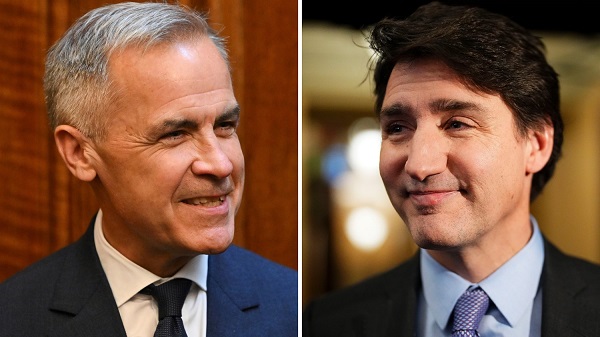
From the Frontier Centre for Public Policy
By Conrad Eder
Frontier Centre for Public Policy study reveals a decade of inflated Liberal forecasts—a track record that casts a long shadow over Carney’s first budget
The Frontier Centre for Public Policy has released a major new study revealing that the Trudeau government’s federal budget forecasts from 2016 to 2025 were consistently inaccurate and biased — a record that casts serious doubt on the projections in Prime Minister Mark Carney’s first budget.
Carney’s 2025–26 federal budget forecasts a $78.3-billion deficit — twice the size projected last year and four times what was forecast in Budget 2022. But if recent history is any guide, Canadians have good reason to question whether even this ballooning deficit reflects fiscal reality.
The 4,000-word study, Measuring Federal Budgetary Balance Forecasting Accuracy and Bias, by Frontier Centre policy analyst Conrad Eder, finds that forecast accuracy collapsed after the Trudeau government took office:
- Current-year forecasts were off by an average of $22.9 billion, or one per cent of GDP.
- Four-year forecasts missed the mark by an average of $94.4 billion, or four per cent of GDP.
- Long-term projections consistently overstated Canada’s fiscal health, showing a clear optimism bias.
Eder’s analysis shows that every three- and four-year forecast under Trudeau predicted a stronger financial position than what actually occurred, masking the true scale of deficits and debt accumulation. The study concludes that this reflects a systemic optimism bias, likely rooted in political incentives: short-term optics with no regard to long-term consequences.
“With Prime Minister Carney now setting Canada’s fiscal direction, it’s critical to assess his projections in light of this track record,” said Eder. “The pattern of bias and inaccuracy under previous Liberal governments gives reason to doubt the credibility of claims that deficits will shrink over time. Canadians deserve fiscal forecasts that are credible and transparent — not political messaging disguised as economic planning.”
The study warns that persistent optimism bias erodes fiscal accountability, weakens public trust and limits citizens’ ability to hold government to account — a threat to both economic sustainability and democratic transparency.
-

 Justice1 day ago
Justice1 day agoCarney government lets Supreme Court decision stand despite outrage over child porn ruling
-
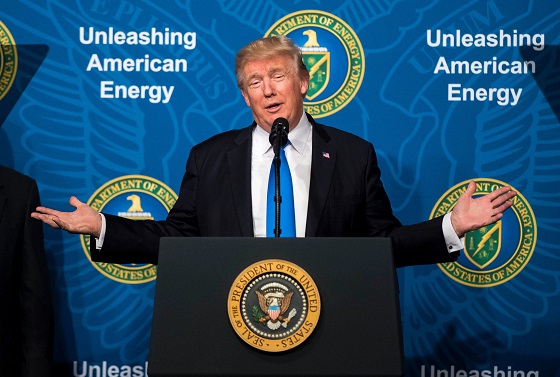
 Daily Caller2 days ago
Daily Caller2 days agoUS Eating Canada’s Lunch While Liberals Stall – Trump Admin Announces Record-Shattering Energy Report
-

 Business1 day ago
Business1 day agoCarney’s budget spares tax status of Canadian churches, pro-life groups after backlash
-

 COVID-191 day ago
COVID-191 day agoFreedom Convoy leader Tamara Lich to appeal her recent conviction
-

 Business2 days ago
Business2 days agoPulling back the curtain on the Carney government’s first budget
-

 Energy2 days ago
Energy2 days agoEby should put up, shut up, or pay up
-

 Business2 days ago
Business2 days agoThe Liberal budget is a massive FAILURE: Former Liberal Cabinet Member Dan McTeague
-

 Daily Caller1 day ago
Daily Caller1 day agoUN Chief Rages Against Dying Of Climate Alarm Light









